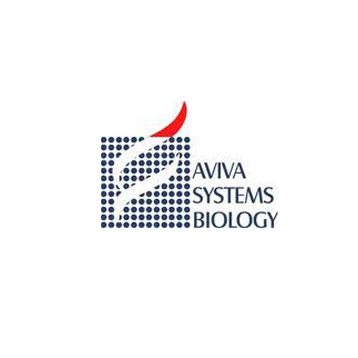Interleukin-5(IL-5)is a secreted glycoprotein that belongs to the ?-helical group of cytokines (1-3). Unlike other family members, it is present as a covalently linked antiparallel dimer (4, 5). The cDNA for human IL-5 encodes a signal peptide and a 115 amino acid (aa) mature protein. Mature human IL-5 shares 70%, 70%, 62%, 71%, 70% and 66%, aa sequence identity with mouse, rat, canine, equine, feline and porcine IL-5, respectively and shows cross-reactivity with mouse IL-5. IL-5 is primarily produced by CD4+ Th2 cells, but also by activated eosinophils, mast cells, EBV-transformed B cells, Reed-Sternberg cells in Hodgkin�s disease, and IL-2-stimulated invariant natural killer T cells (iNKT) (1-3, 6-8). IL-5 increases production and mobilization of eosinophils and CD34+ progenitors from the bone marrow and causes maturation of eosinophil precursors outside the bone marrow (1, 6, 9, 10). The receptor for human IL-5, mainly expressed by eosinophils, but also found on basophils and mast cells, consists of a unique ligand-binding subunit (IL-5 R?) and a shared Signal transducing subunit, ?c (3, 6, 11). IL-5 R? first binds IL-5 at low affinity, then associates with preformed ?c dimers, forming a high-affinity receptor (12). IL-5 also binds proteoglycans, potentially enhancing its activity (13). Soluble forms of IL-5 R? antagonize IL-5 and can be found in vivo (10, 14). In humans, IL-5 primarily affects cells of the eosinophilic lineage, and promotes their differentiation, maturation, activation, migration and survival, while in mice IL-5 also enhances Ig class switching and release from B1 cells (1-3, 9, 10, 15). IL-5 also promotes differentiation of basophils and primes them for histamine and leukotriene release (16).
For the quantitative determination of human interleukin 5 (IL-5) concentrations in cell culture supernates, serum, and plasma.
Principle of the assay: This assay employs the quantitative sandwich enzyme immunoassay technique. A monoclonal antibody specific for IL-5 has been pre-coated onto a microplate. Standards and samples are pipetted into the wells and any IL-5 present is bound by the immobilized antibody. Following incubation unbound samples are removed during a wash step, and then a detection antibody specific for IL-5 is added to the wells and binds to the combination of capture antibody-IL-5 in sample. Following a wash to remove any unbound combination, and enzyme conjugate is added to the wells. Following incubation and wash steps a substrate is added. A coloured product is formed in proportion to the amount of IL-5 present in the sample. The reaction is terminated by addition of acid and absorbance is measured at 450nm. A standard curve is prepared from seven IL-5 standard dilutions and IL-5 sample concentration determined.

 Products
Products  human IL-5 ELISA kit (48 Wells)
human IL-5 ELISA kit (48 Wells)
